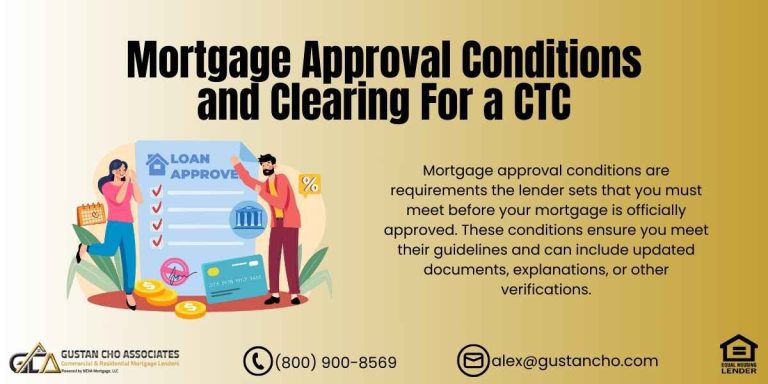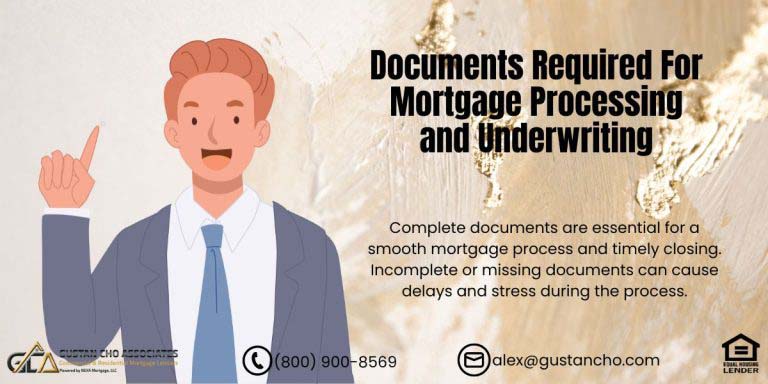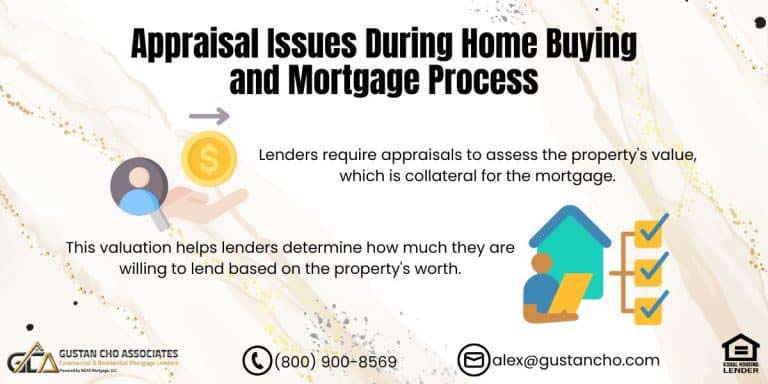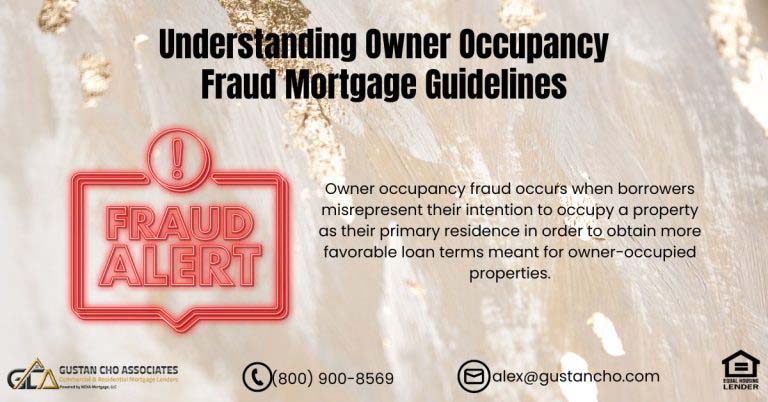This guide covers primary home versus second home purchase. A primary home is the principal residence of the homeowner. John Strange, a senior loan officer at Gustan Cho Associates, explains the difference between mortgage rates on owner-occupant primary home mortgage rates versus second and investment home rates as follows:
Primary home financing also has the best mortgage rates and mortgage terms when it comes to financing. A home buyer is only allowed to have one primary home mortgage loan.
The primary home needs to be an owner-occupant home. Many cases exist where a homeowner already has a primary home but wants to purchase a new one. However, the homeowner will sell their first primary home after moving or renting out their original one. Strict rules and regulations regarding qualifying second home purchase as primary home financing exist.
Primary Home Financing On Second Properties
Homebuyers who currently own an owner-occupied home and get a job transfer that is beyond commuting distance, second property will qualify for another owner’s primary residence mortgage. The job transfer must be out of town or out of state. It needs to be beyond commuting distance. It has to be more than a one-hour commute. The job transfer must be at least 100 miles from the main home.
Distance of Second Home Purchase
If the deal makes sense, homebuyers can qualify for primary home financing on a second property close to the original home. For example, let’s take a case scenario. Homeowners are currently living in a 1,500-square-foot home. Have a growing family and need more space. They can purchase a second property that is close to the home they are living in as long as the square footage is substantially larger. This is upsizing to a larger home due to the growing family. Homebuyers can go from a condo to a single-family home.
Moving Up To a Larger Home
For example, if you were to move to 2,500 square feet home from 1,500 square feet home, this case scenario makes sense. However, it does not make sense if the homeowner were to move into 1,700 square feet home from 1,500 square feet home. In cases like these where the home buyer is moving to another home close to the original owner occupant property:
If the property is similar in size and value from the exiting home to the new home purchase. Then the only way the buyer can purchase the second property is as an investment home which requires a 20% down payment.
If the property is at least 100 miles away, the buyer can purchase it as a second home. Second homes or vacation home requires a 10% down payment on the purchase. Second-home and investment home financing can only be done with conventional mortgages, not government loans. FHA-insured mortgage loans are only eligible for owner-occupant property financing.
Downsizing To a Smaller Home
On the flip side, buyers are eligible for primary home financing if a homebuyer is moving from a larger home to a much smaller home due to children being grown up and moving out of the house. For example, let’s take a case study:
Currently living in a 5,000 square feet home. Want to purchase a 2,000-square-foot townhome? The reason for downsizing is that children grew up and moved out of home.
Or a family with a single-family home is planning on selling the large home and moving to a condo or townhome. This scenario will qualify for a primary owner-occupied mortgage loan on the second home purchase because the deal makes sense.
Property Tax Home Exemption on Primary Home
In most counties in the U.S., homeowners can get a discounted property tax on their primary home. The state, county, or city will not inform you that you qualify for a property tax home exemption. Getting property tax exemption for owner-occupant primary homes can save you hundreds if not thousands of dollars every year, says Ethel Matthews, a dually licensed realtor and loan officer at Gustan Cho Associates as follows:
Homeowners would need to do the research and apply for property tax exemptions in the area of their primary home location.
Most municipalities have informational websites that inform property owners of their exemption rights. Owner-occupant homeowners normally pay less in property taxes if they utilize the home exemption on their owner-occupant home.
Both Properties Will Be Calculated Toward Debt-to-Income Qualification
Homebuyers qualifying for owner-occupied financing for the second property purchase need to realize that both properties will be used to qualify for debt-to-income ratios.
The monthly principal, interest, property taxes, insurance payments, mortgage insurance premium payments, and other monthly housing expenses such as HOA of both properties will be used in calculating debt-to-income ratios.
Debt-to-income ratio caps for FHA-insured mortgage loans are capped at 56.9% back end and 46.9% front end. In conventional loans, debt-to-income ratios are normally capped at 45% DTI but can go as high as 50% DTI.
High Debt-To-Income Ratio Issues on Second Property Purchase as a Primary Home
For homebuyers in a situation where debt-to-income ratios exceed the maximum DTI allowed for a second home purchase as a primary residence. There is a solution. If the homeowner does not have a 75% loan-to-value on exiting the first owner-occupied home, they can pay down the mortgage balance so it meets the 75% loan-to-value requirement after an appraisal.
Buyers can refinance the current primary home as an investment property with 25% equity—maximum 75% loan to value. Use 75% of the potential market value rental income for debt-to-income qualification.
If homeowners currently have at least 25% equity in the first owner-occupied home, then there is no reason to refinance it as an investment property. They can get an appraisal to confirm they have a loan-to-value of 75% LTV and 25% equity in the home. With 25% equity, they can use 75% of the potential market rental income towards debt-to-income calculation.
Owner-Occupant Versus Investment Home Classification
In the above case scenario where homeowners are converting exiting the original property to an investment home, the distance rule to employment is exempt. Homebuyers need to qualify for a mortgage with a lender with no mortgage overlays; please get in touch with us at Gustan Cho Associates at 800-900-8569 or text us for a faster response. Or email us at gcho@gustancho.com. The team at Gustan Cho Associates is available seven days a week, evenings, weekends, and holidays. Gustan Cho Associates are experts on non-QM loans and bank statement mortgage loans for self-employed borrowers.









